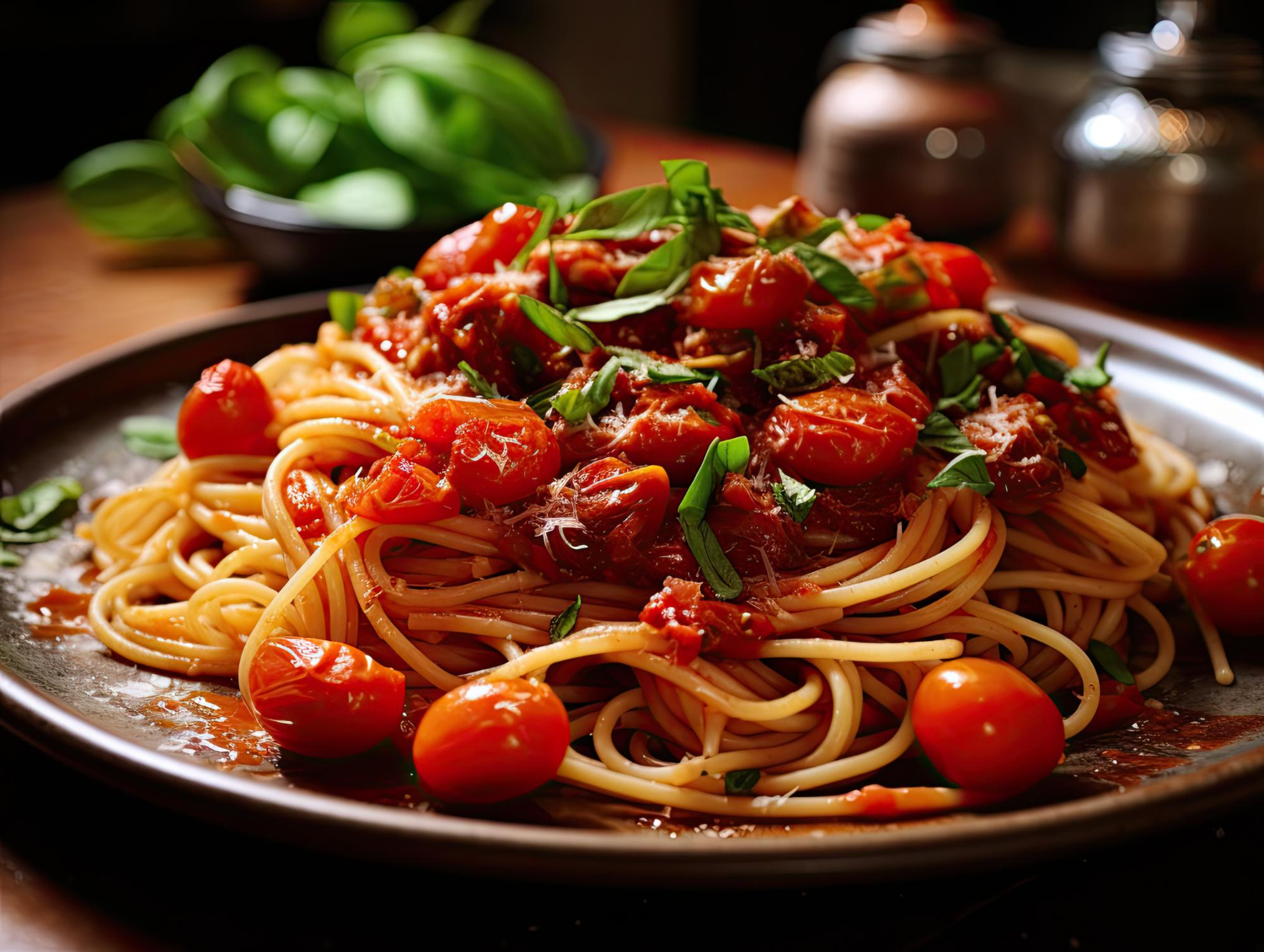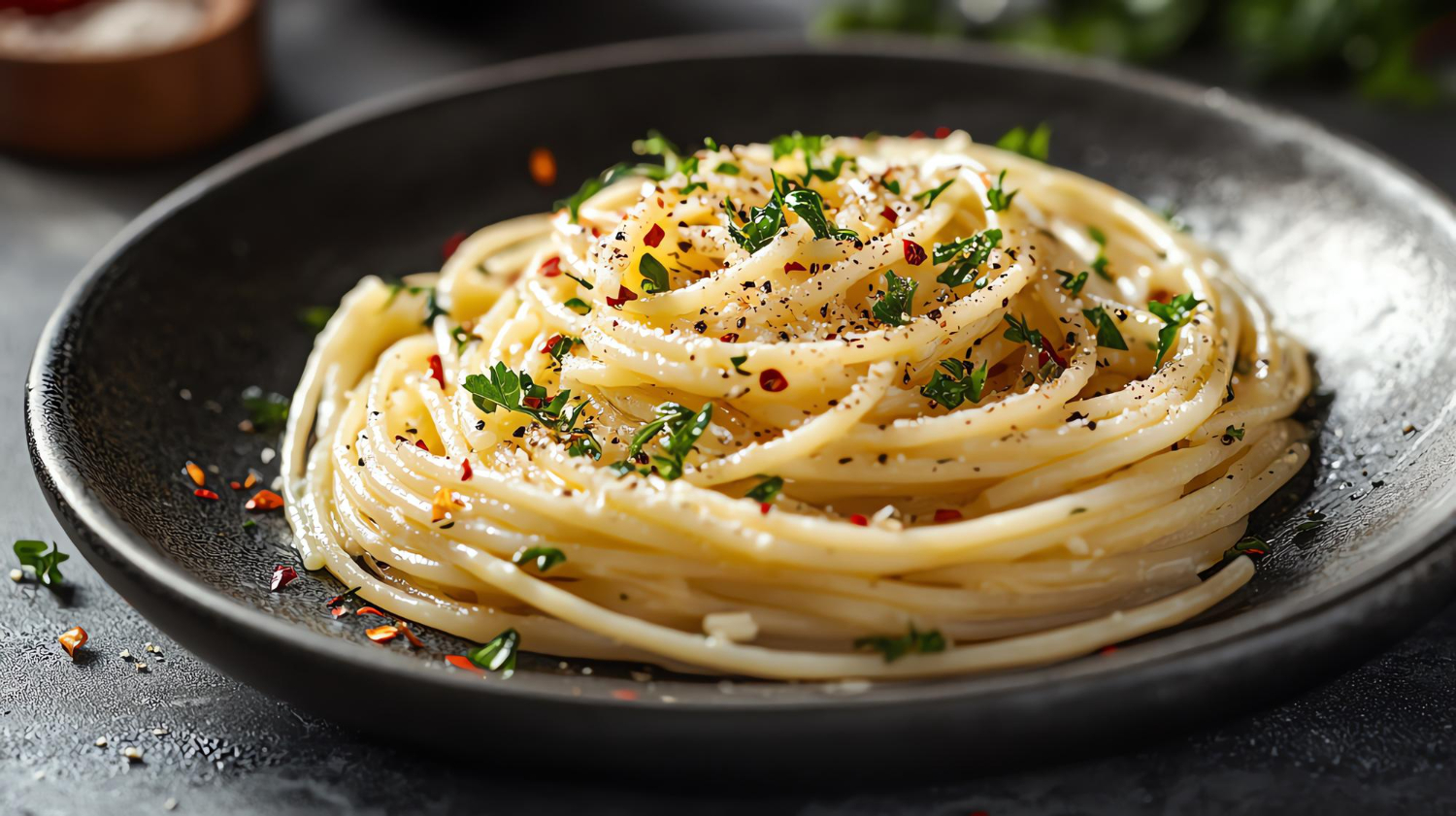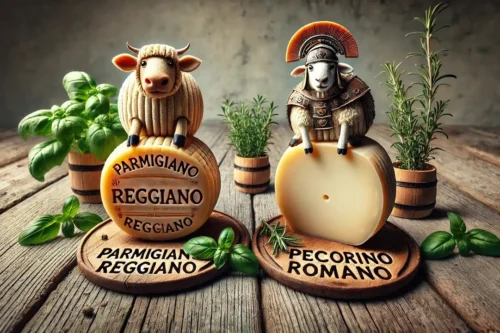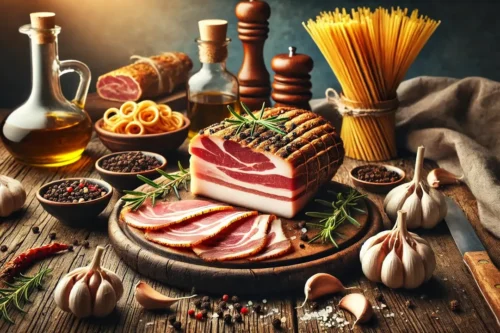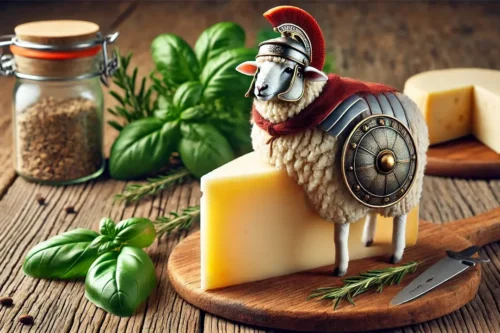Photo: Freepik
Grana Padano is one of the oldest cheeses originating from Italy and has been dated back to its beginning in the 12th century from when Cistercian monks started off in the craft in the Po Valley. ‘Grana’ stands for grainy cheese and ‘Padano’ for the locality along the side of River Po. The usual period of aging is nine months, but the kind may get a seasoning period of twenty-four months or else still longer. The taste is not equal in strength to Parmigiano Reggiano; it is rather delicate, with some flavor components reminiscent of nuts and melted butter, which is friendly to a wide spectrum of dishes.
Parmesan or Parmigiano Reggiano usually pronounced the “King of Cheeses” is produced under more control or only within particular provinces like Parma, Reggio Emilia, Modena, and areas of Mantua, and Bologna. Each wheel of Parmigiano Reggiano must mature for no less than 12 months; a considerable number of producers allow theirs to reach 24 or even 36 months. The result is a far more complex and full-bodied-flavored cheese that has those umami-packed savory undertones and slight crumble.
Another important difference between the two regulates their production. While Grana Padano allows for the use of silage in cow milk, Parmigiano Reggiano specifies that cows should only be fed fresh or dried fodder, adding to the uniqueness of the taste. Also, Grana Padano lets lysozyme be used as a preservative, whereas Parmigiano Reggiano is totally free from added components.
From a culinary point of view, both cheeses are highly versatile. This is because the mild taste of Grana Padano makes it appropriate for everyday culinary applications, such as when it is grated over pasta, incorporated into sauces, or just consumed by itself. Parmigiano Reggiano is exuberant and multi-layered, so most of the time, it is left to star in dishes where its personal character can be identified such as in risottos, salads or as ‘the sole performer’ on a cheeseboard.
In the end, the choice of one of them usually depends on taste and what one is cooking. They are both great representatives of Italian cheese-making and each brings a piece of Italy’s rich culinary heritage to the table.
Besides their dissimilarities in manufacturing and taste, the aging process adds significantly to shaping the identities of these cheeses. For some varieties, Grana Padano applies a relatively short aging period, thus presenting a looser texture and more delicate flavor profile on taste; there’s much to explore for the novices of hard cheese. Parmigiano Reggiano, on the other hand, follows a relatively longer aging process that further enhances its crystal-lined form and makes it more intense in taste with more taste-bud packing savory nutty, and slightly fruity undertones. The extra time allows the cheese to create a developed flavor perfect with most strong ingredients; aged balsamic and red wines are just two examples.
Economically speaking, the first one derived from wider production regions with fewer constraints will be relatively cheap; hence, it’s a commodity that will always be on the cooking mix for regular and occasional consumption. The second one, however, is quite artisanal in terms of production and comes from a smaller region and is likely to be the flagship product served on rare occasions or as a luxury ingredient. These similarities encourage the pursuit of quality, flavor, and tradition within Italy’s vast culinary blessing. Whether you’re sprinkling it over hot pasta or nibbling it on its own with a glass of wine each cheese speaks of the place where it was made, the people who created it, and the passion that greets every vat.
Source: DolceTerra.com (link)










